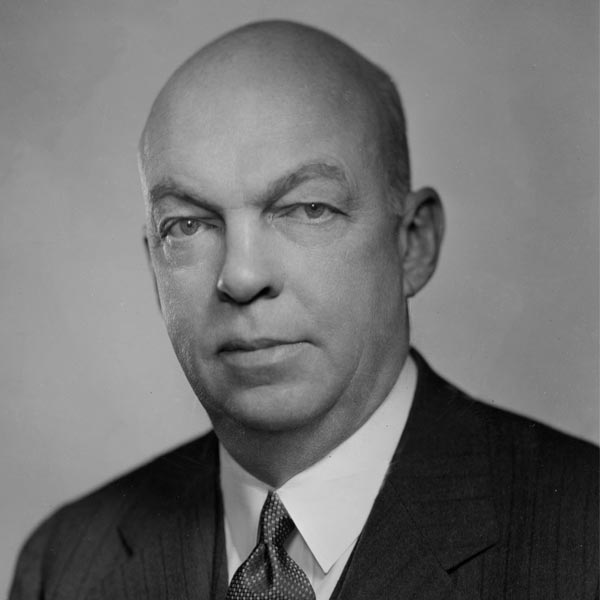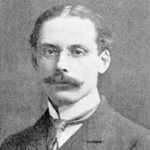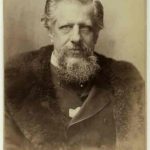Date of Birth: December 18, 1890
Zodiac Sign: Sagittarius
Date of Death: January 31, 1954
Biography
Edwin Howard Armstrong was an American electrical engineer and inventor, widely regarded as one of the most influential figures in the history of radio and electronic communication. Born in New York City, Armstrong attended Columbia University, where he developed a keen interest in wireless communication. His groundbreaking work led to the invention of the regenerative circuit, the superheterodyne receiver, and frequency modulation (FM) radio, among other contributions. Armstrong’s regenerative circuit, invented in 1912, significantly amplified radio signals, revolutionizing radio technology. During World War I, his superheterodyne circuit greatly improved the selectivity and sensitivity of radio receivers, which became the standard for decades. However, it was his development of FM radio in the 1930s that cemented his legacy. FM radio offered superior sound quality and reduced static interference, transforming the broadcasting industry. Despite his monumental achievements, Armstrong’s career was marred by prolonged legal battles over patent rights, particularly with RCA and its president, David Sarnoff. These disputes took a significant toll on his health and finances. Tragically, Armstrong died by suicide in 1954, leaving behind a legacy of innovation that continues to impact modern communication technologies.
5 Interesting Facts about Edwin Armstrong
1. Edwin Armstrong was awarded the first-ever Institute of Radio Engineers (IRE) Medal of Honor in 1917 for his invention of the regenerative circuit.
2. He held 42 patents in his lifetime, many of which laid the foundation for modern radio and television broadcasting.
3. Armstrong’s FM radio technology was first demonstrated publicly in 1935, showcasing its advantages over AM radio.
4. He served as a Major in the U.S. Army Signal Corps during World War I, where he further developed his superheterodyne receiver.
5. Armstrong’s work was not fully recognized during his lifetime due to extensive legal battles, but he was posthumously inducted into the National Inventors Hall of Fame in 1980.
5 Most Interesting Quotes from Edwin Armstrong
1. “The most ambitious goals of scientific research usually turn out to be illusory.”
2. “I could never be happy with something that did not work.”
3. “The price of progress is trouble, and I must be making a great deal of progress.”
4. “The future of radio is to be found in the development of FM transmission.”
5. “Pioneering is never done in front of cheerleaders urging on a roaring grandstand of popular approval.”
Highest Net Worth Achieved
At the peak of his career, Edwin Armstrong’s net worth was estimated to be in the high six figures, primarily derived from his numerous patents and royalties. However, by the time of his death, his prolonged legal battles had severely depleted his financial resources.
Children
Edwin Armstrong did not have any children. He was married to Marion MacInnis, who was the secretary of David Sarnoff, but the couple did not have any offspring.
Relevant Links
1. [Edwin Armstrong – Wikipedia](https://en.wikipedia.org/wiki/Edwin_Howard_Armstrong
2. [Edwin Armstrong – Biography](https://www.biography.com/scientist/edwin-armstrong
4. [IEEE Global History Network – Edwin Armstrong](https://ethw.org/Edwin_Howard_Armstrong
5. [The Armstrong Memorial Research Foundation](http://www.armstrongmemorialfoundation.org/


